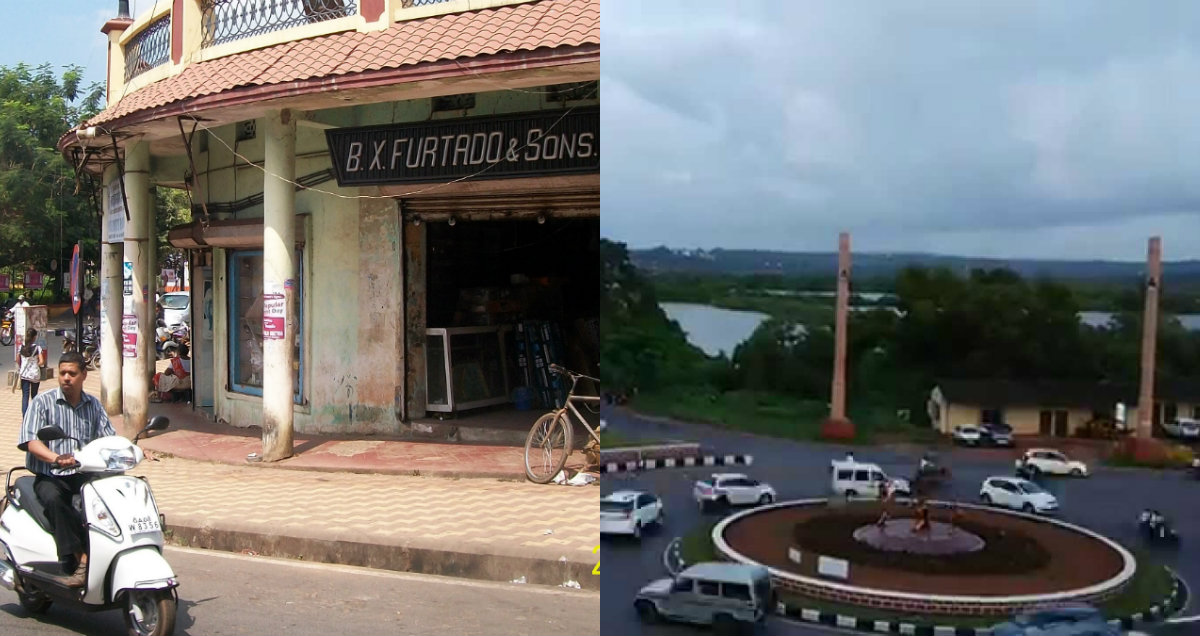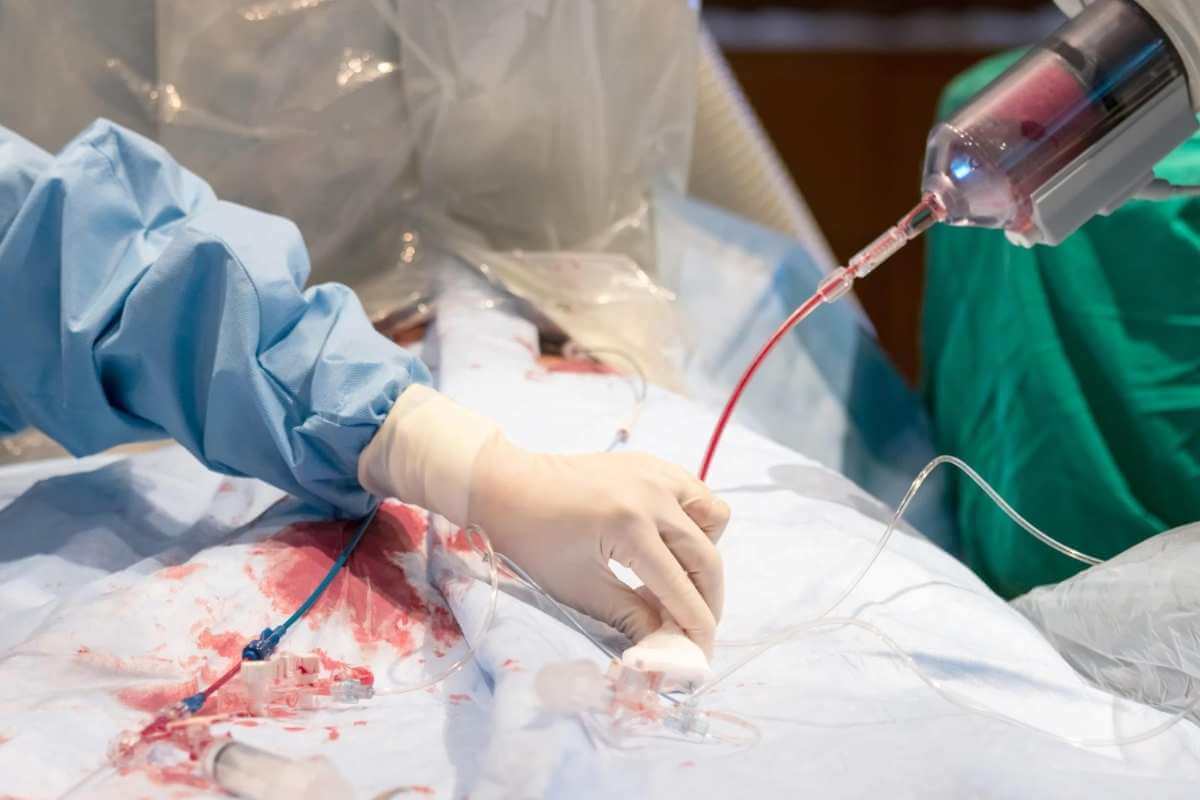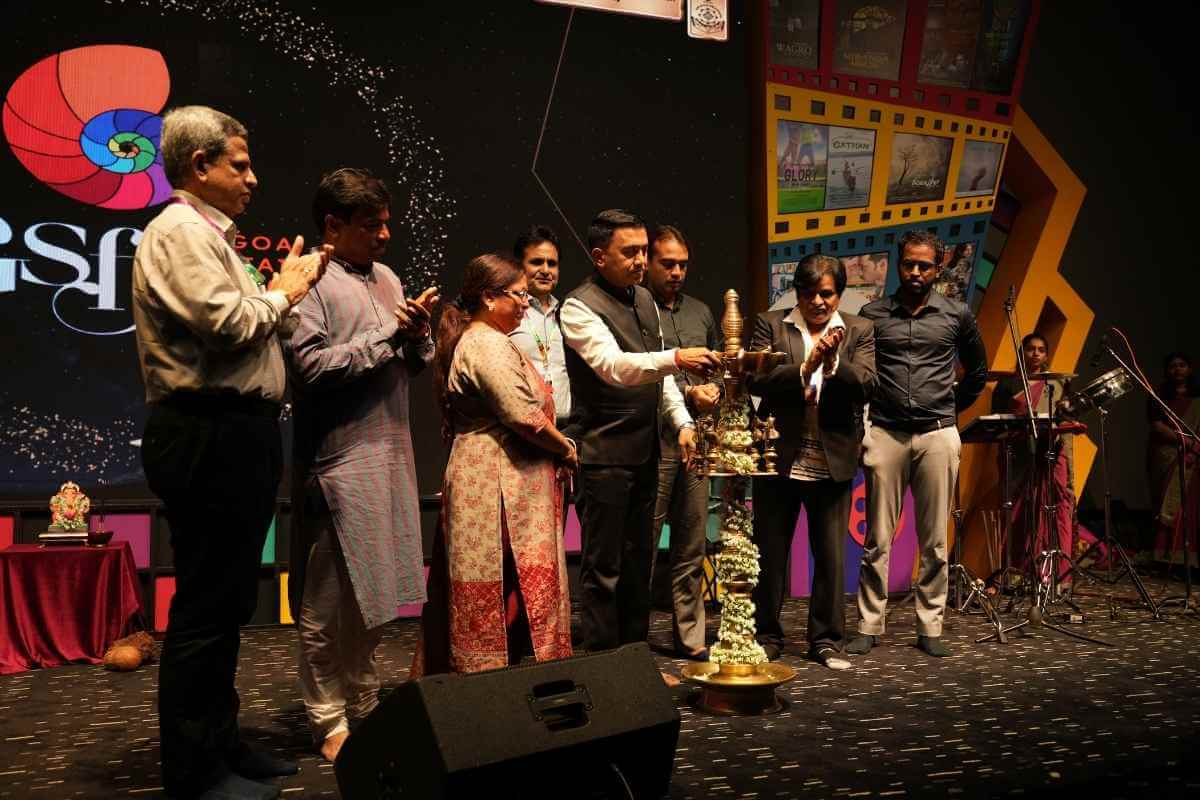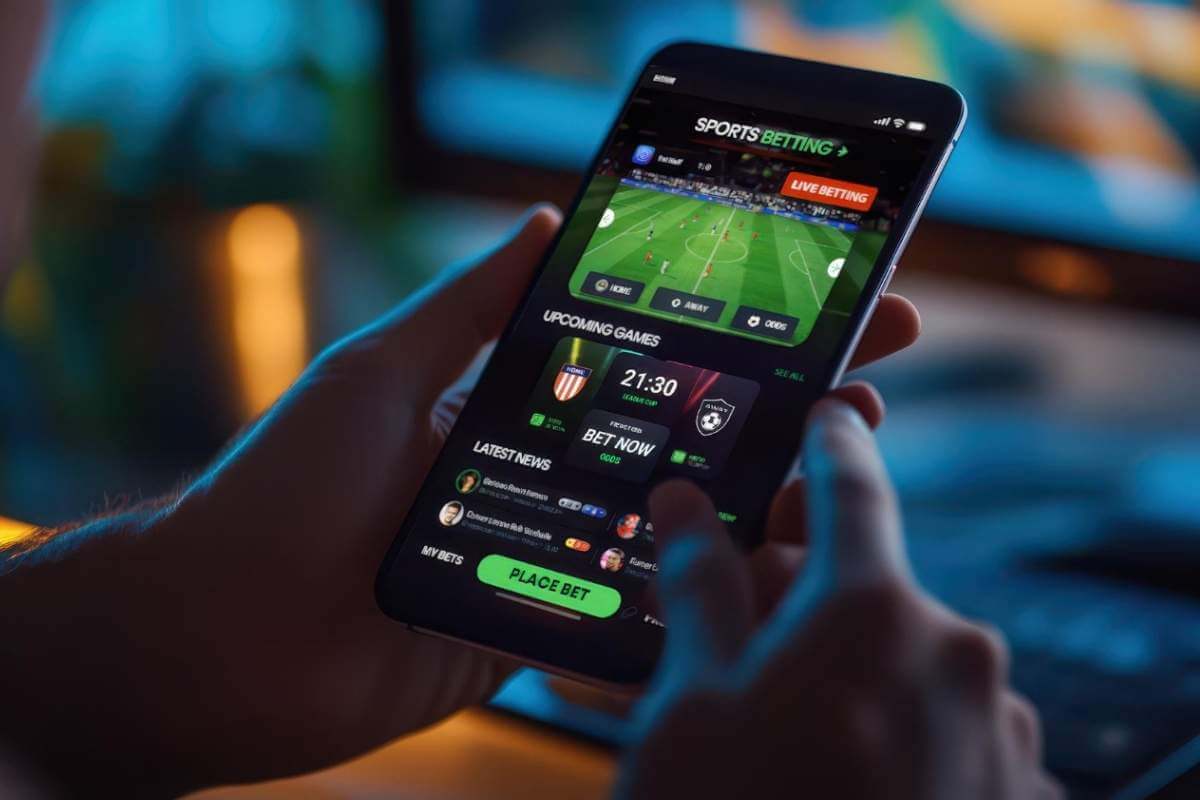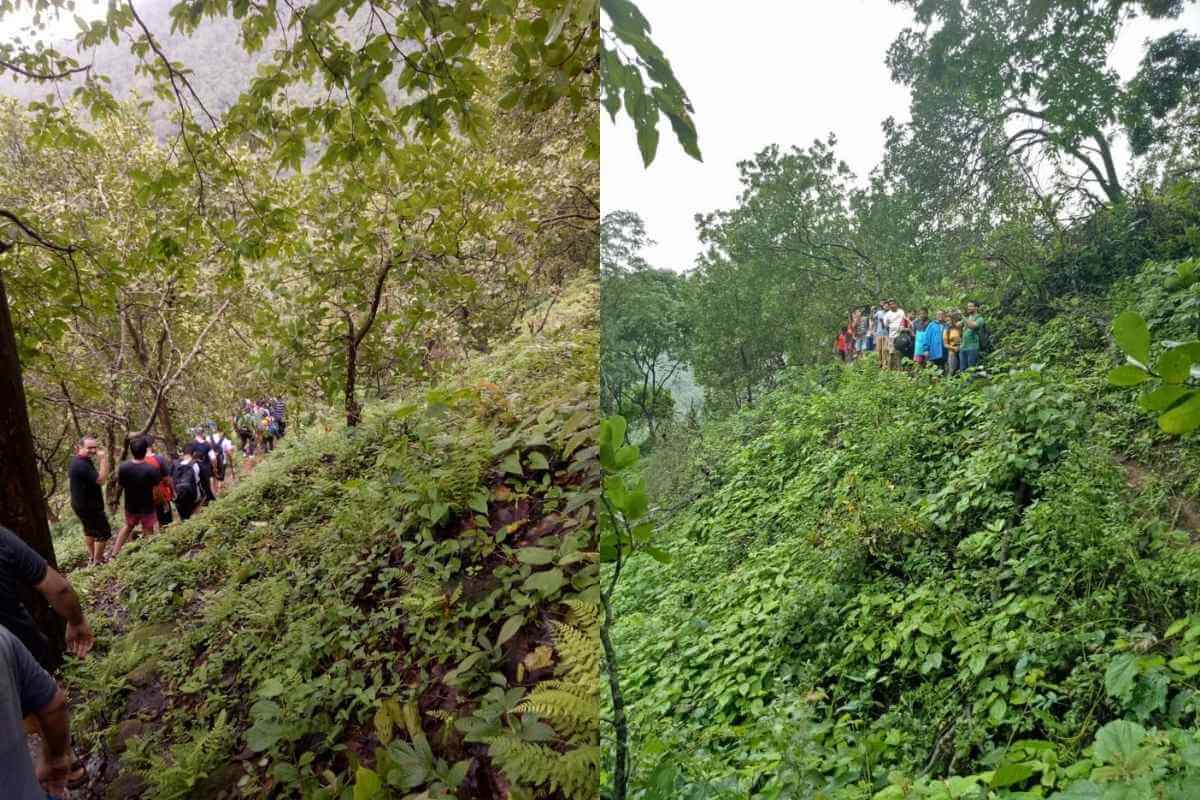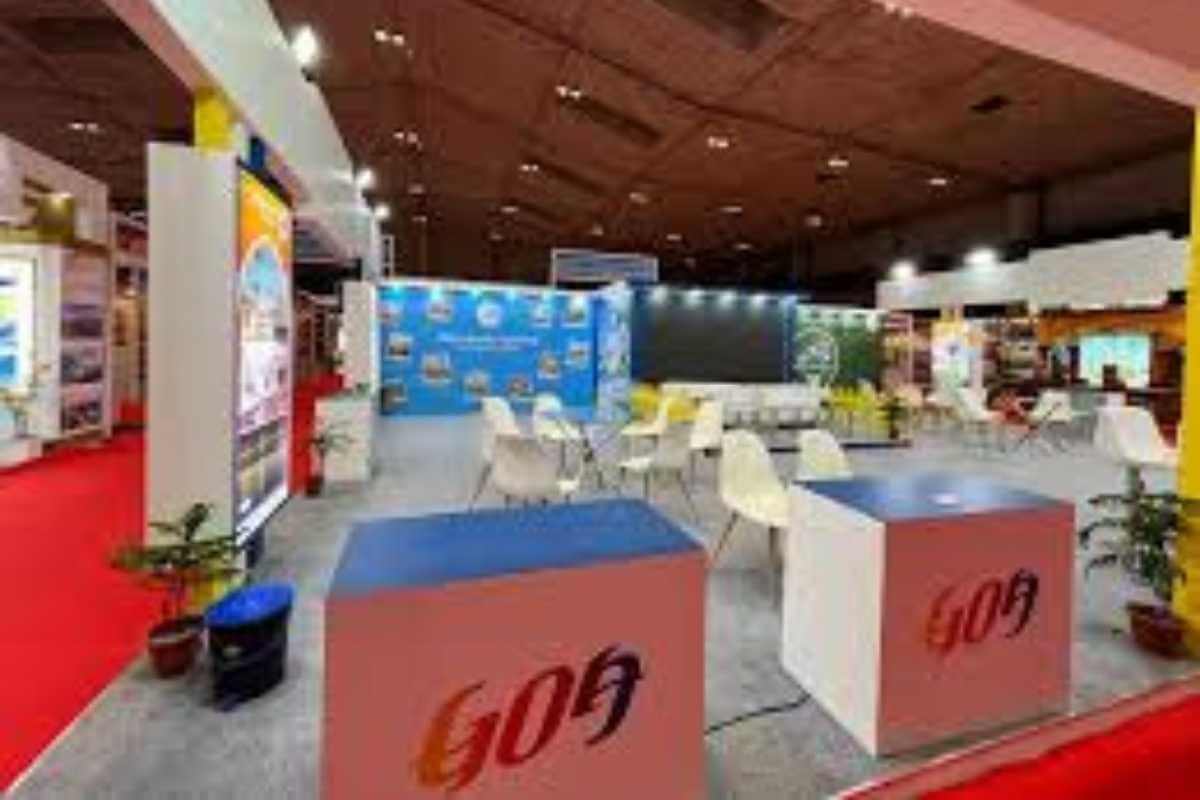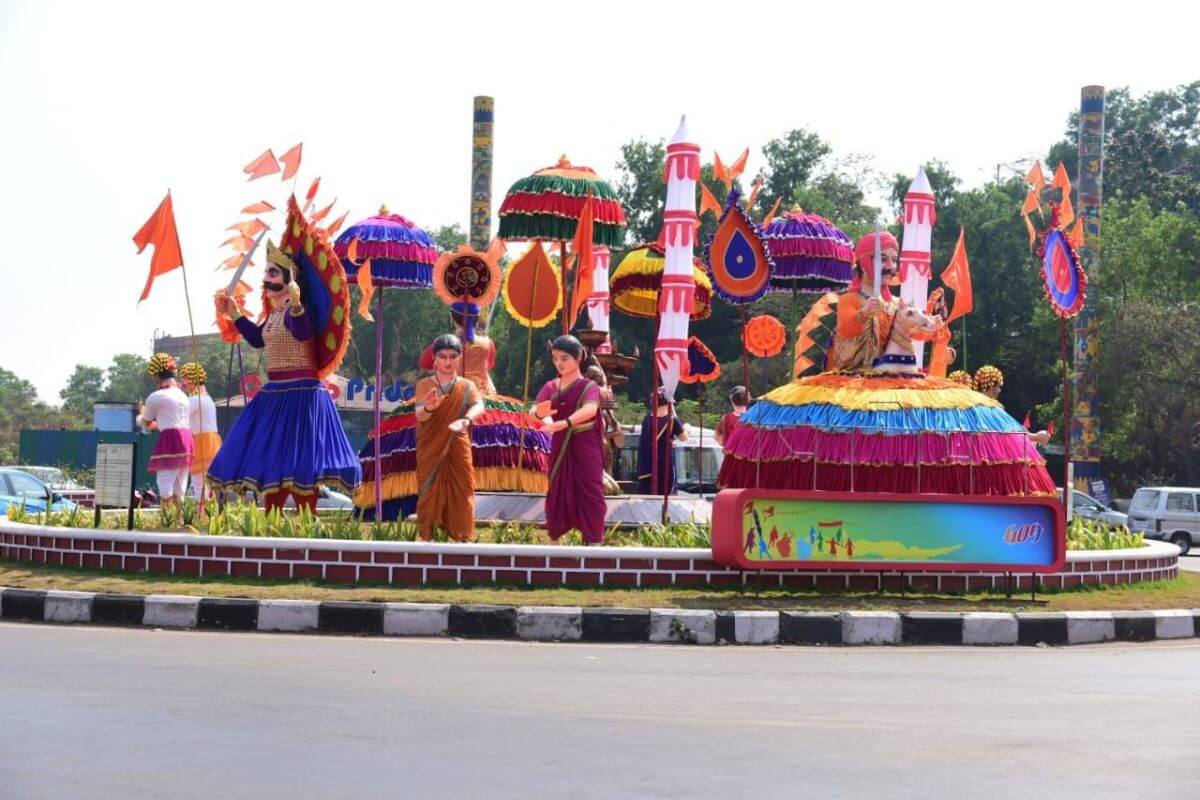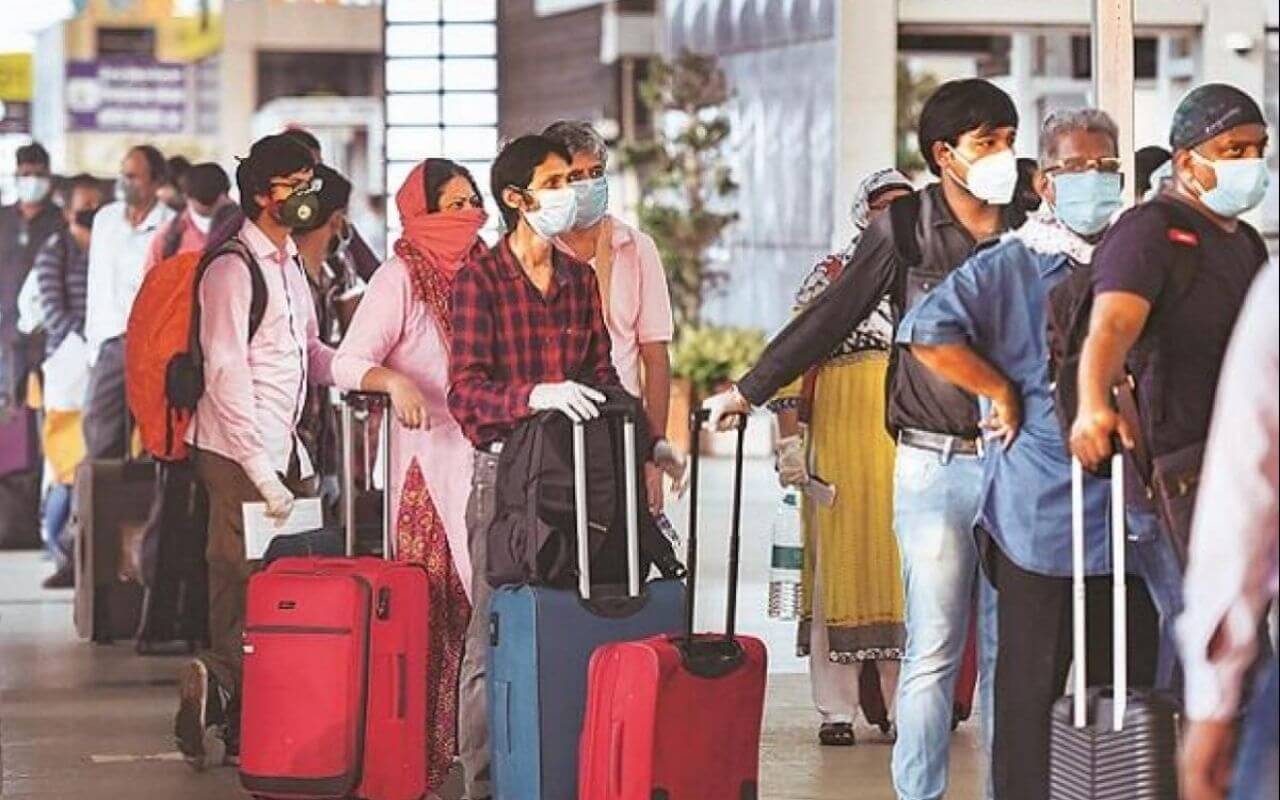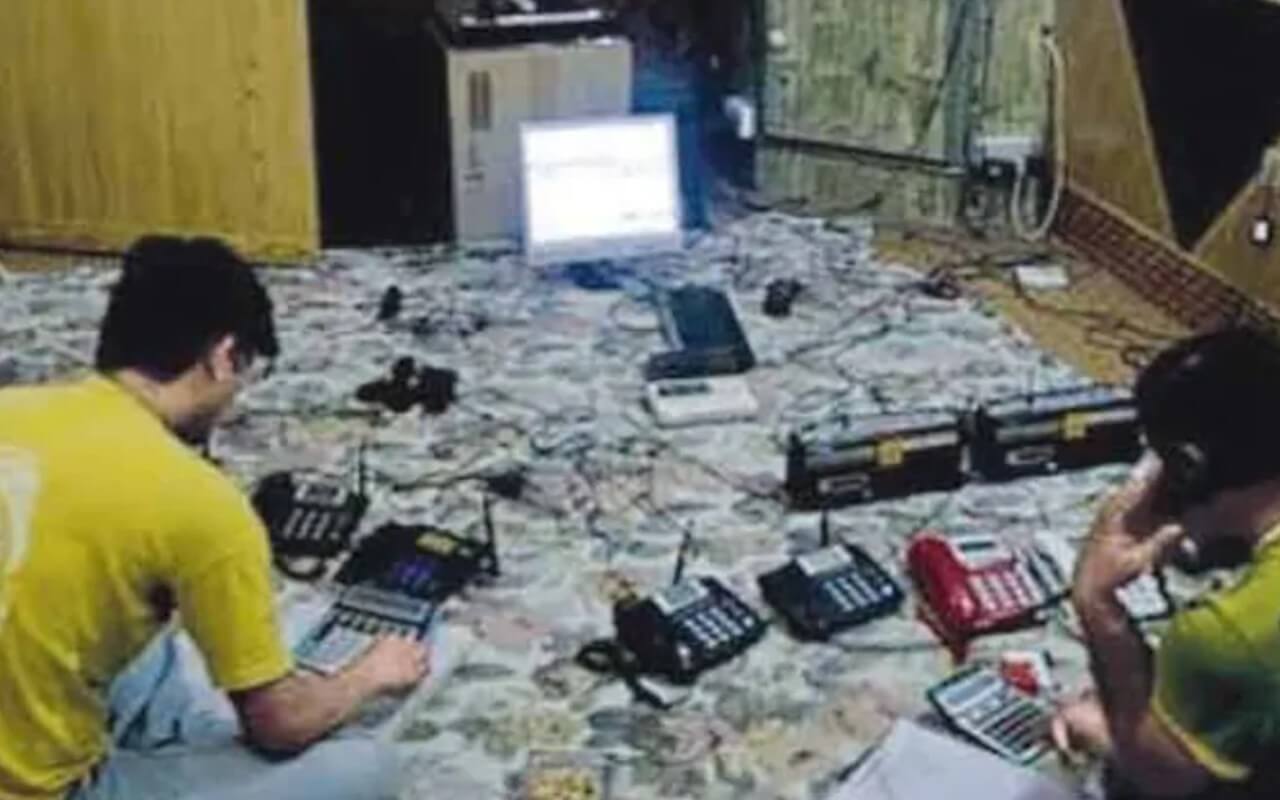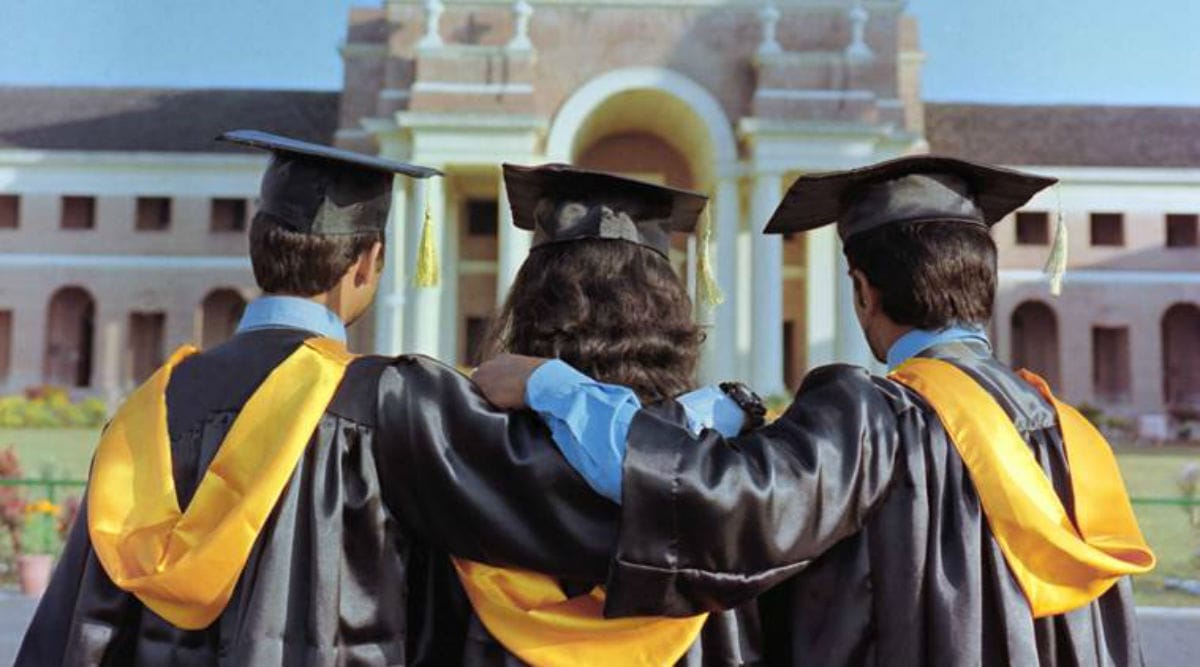Just like it always happens, following the liberation, local political parties take over the power in their own hands, and then they try to put things together with their own judgement. When Goa was liberated by the Indian Army from the clutches of Portuguese rule, the regional party took over the reign of the state and devised the course of action as for how to take the state forward. But in the last 57 years, all the political parties have done only one thing to Goa, and that is destruction.
Although Goa was finally liberated from Portuguese rule with the help of Indian Military, there is a huge amount of sacrifices of sons of the soil that went into bringing the liberation and all of them fought only for one thing and that is for the brighter future of Goa. But today can we say that??
The day of liberation was the day when the state of Goa, spread its wings of freedom and flew towards the independence from the Portuguese rule. The smallest state in the country was under the Portuguese rule for more than four and half centuries and was finally liberated on 19th December 1961.
One thing that affected the Goa most is the changing reputation post-liberation. The state that was well known for its trade routes and Portuguese dominance soon changed the coastal area with an abundance of fish and joyous people.
The forgotten war for freedom laid down the foundation of a liberated Goa, free from the Portuguese domain. It is of no doubt that the Goans fought hard for their rights and some even sacrificed their lives but when Goa was finally liberated, what was its condition?
The previous article gave an insight into the oppression of Portuguese and its influence on Goa’s culture, but what were the effects of the Liberation and how far has Goa come to progressing? Has Goa changed for the good?
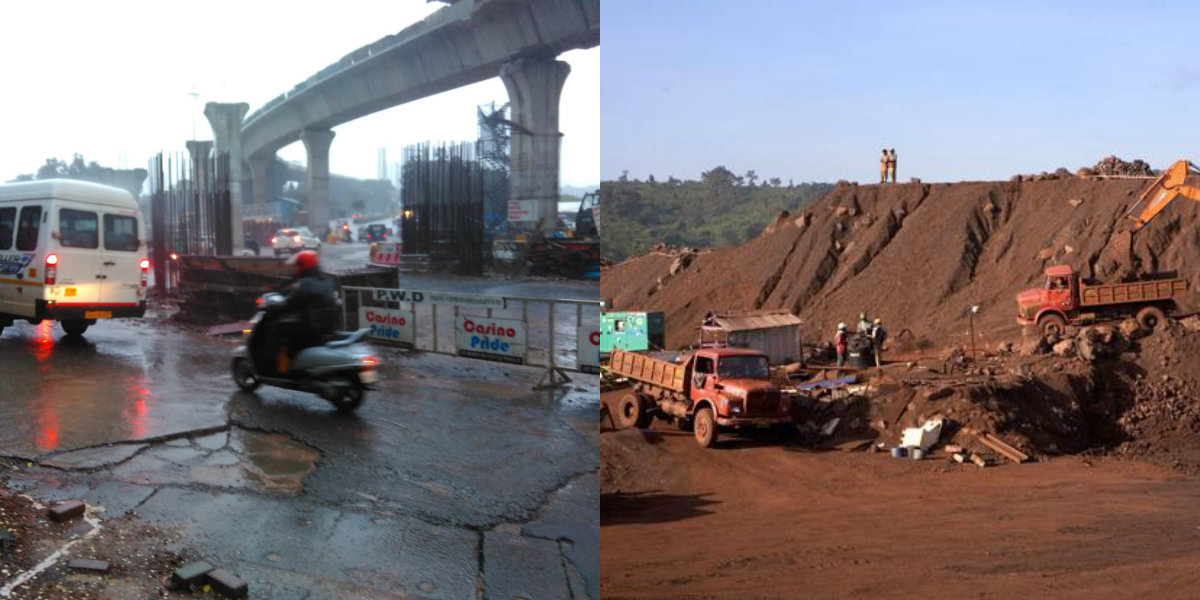
After the liberation, the walls of slavery fallen down, and Goa connected to the rest of Independent India. Goa has seen development and progress in various fields like education, art, and cultural development, ever since the end of Portugal dictatorship.
Although most part of the Goan culture is from the influence of their dictators, still Goa maintained a unique identity apart from the rest of the country.
The state underwent a tremendous change, in terms of demographic and even economically. The state’s population after liberation was around 6 lakh which doubled itself and is around 14.5 lakh.
One thing that cannot be overlooked over here is, Goa was at its peak culturally and economically by the end of 16th century when it was fondly referred to as ‘Lisbon of the East’. There were trades happening around the coastal area.
Culturally, Goa witnessed infusion of Portuguese traditions into their literature, cuisines and also architecture. Soon after its independence, Goa retained its cultural heritage and the building of Indo-Portuguese architecture attracts tourists around the world to date.
Goa after Liberation
Following the liberation, Goa automatically became an integral part of the Independent India which opened the new trade avenues to the Goans. Earlier people used to travel to Mumbai with the help of Passport, but after the liberation travel become seamless.
The opening of trade routes and the union of Goa with the rest of the country made people from the neighbour to migrate to Goa for various reasons, and some of them have even settled down in Goa.
Goa was at its peak culturally and economically by the end of 16th century when it was fondly referred to as ‘Lisbon of the East’. There were trades happening around the coastal area.
The state underwent tremendous changes, in terms of demographic and even economically. The state’s population after liberation was around 6 lakh which doubled itself and is around 14.5 lakh.
During the end of the 60s, Goa witnessed a new phase. The hippie culture was on its verge. The Russians migrated to Goa and found shelter in the beaches of Vagator, Morjim and Colva. They were a bunch of young people who wore bright clothes, smoked pot while chilling around the beach. This caused a spark of the well-known Hippie movement.
The locals were fascinated by the hippies and enjoyed having them around. Due to this, Goa got attached with a reputation of laid-back and free-spiritedness. People found these traits attractive as a destination and soon Goa emerged as a top tourist destination in the country.
Soon many Russians and Israelis migrated to Goa and started living there. Now, Goa is like a second home to Russians. Their influence and settlement can be witnessed in the beaches of North Goa and this has proved to be an added advantage to the economy.
Apart from this, many people around the country lived and settled in Goa and today most of the living population is non-Goans. They contribute to the economy whilst earning a livelihood here.

The rampant migration became the growing concern for the Goans as they feared off losing their ethnicity and identity. But the fact remains, that these non-Goans contribute to the economy and are also a part of Goa’s progress.
The Changing Reputation of Goa
One thing that affected the Goa most is the changing reputation post-liberation. The state that was well known for its trade routes and Portuguese dominance soon changed the coastal area with an abundance of fish and joyous people.
The land of fish and fun soon changed its reputation to a rather darker side. Goa is now known as the land of parties, drugs, sex and alcohol and not to forget the gambling too. The image of this beautiful land is deteriorating day-by-day with rising cases of drug and sex abuses.
Goa was finally liberated from Portuguese rule with the help of Indian Military, but there is a huge amount of sacrifices of sons of the soil that went into bringing the liberation day and all of them fought only for one thing and that is for the brighter future of Goa
The cases of the Russian dominance, non-Goan settlements, drugs smuggling, sex rackets and rave parties have left a scar on the face of Goa’s beauty. Looking at this situation, several questions vaguely crosses the minds every Goan living here or anywhere around the world. One cannot help but think where has Goa come with Liberation? What has become of this State and what does its future hold?




